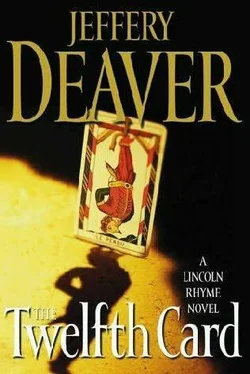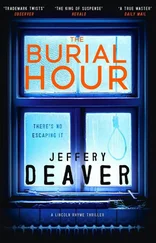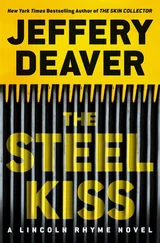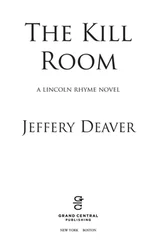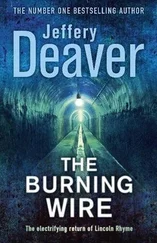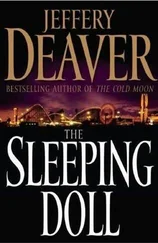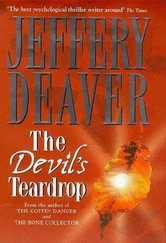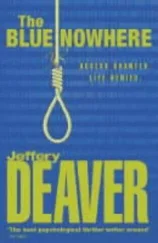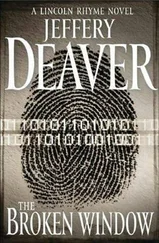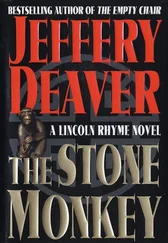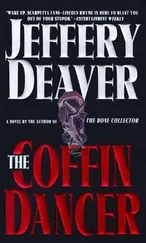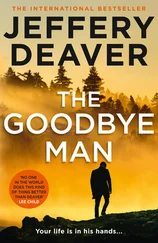· Fingerprints: None. Glove prints only.
· Security camera and monitor; no leads.
· Tarot deck, missing the twelfth card; no leads.
· Map with diagram of museum where G. Settle was attacked and buildings across the street.
Trace:
· Falafel and yogurt.
· Wood scrapings from desk with traces of pure sulfuric acid.
· Clear liquid, not explosive. Sent to FBI lab.
· Determined to be Murine.
· More fibers from rope. Garrotte?
· Pure carbon found in map.
· Safe house was rented, for cash, to Billy Todd Hammil. Fits Unsub 109’s description, but no leads to an actual Hammil.
AFRICAN-AMERICAN MUSEUM SCENE
Rape pack:
· Tarot card, twelfth card in deck, The Hanged Man, meaning spiritual searching.
· Smiley-face bag.
· Too generic to trace.
· Box cutter.
· Trojan condoms.
· Duct tape.
· Jasmine scent.
· Unknown item bought for $5.95. Probably a stocking cap.
· Receipt, indicating store was in New York City, discount variety store or drugstore.
· Most likely purchased in a store on Mulberry Street, Little Italy. Unsub identified by clerk.
· Fingerprints:
· Unsub wore latex or vinyl gloves.
· Prints on items in rape pack belonged to person with small hands, no IAFIS hits. Positive ID for clerk’s.
Trace:
· Cotton-rope fibers, some with traces of human blood. Garrotte?
· Sent to CODIS.
· No DNA match in CODIS.
· Popcorn and cotton candy with traces of canine urine.
Weapons:
· Billy club or martial arts weapon.
· Pistol is a North American Arms.22 rimfire magnum, Black Widow or Mini-Master.
· Makes own bullets, bored-out slugs filled with needles. No match in IBIS or DRUGFIRE.
Motive:
· Uncertain. Rape was probably staged.
· True motive may have been to steal microfiche containing July 23, 1868, issue of Coloreds’ Weekly Illustrated magazine and kill G. Settle because of her interest in an article for reasons unknown. Article was about her ancestor Charles Singleton (see accompanying chart).
· Librarian victim reported that someone else wished to see article.
· Requesting librarian’s phone records to verify this.
· No leads.
· Requesting information from employees as to other person wishing to see story.
· No leads.
· Searching for copy of article.
· Several sources report man requested same article. No leads to identity. Most issues missing or destroyed. One located. (See accompanying chart.)
· Conclusion: G. Settle still at risk.
· Motive may be to keep secret the fact that her ancestor found the Fourteenth Amendment to the Constitution is invalid, threatening most of the U.S. civil rights and civil liberties laws.
· Profile of incident sent to VICAP and NCIC.
· Murder in Amarillo, TX, five years ago. Similar M.O. – staged crime scene (apparently ritual killing, but real motive unknown).
· Victim was a retired prison guard.
· Composite picture sent to Texas prison.
· Not recognized.
· Murder in Ohio, three years ago. Similar M.O. – staged crime scene (apparently sexual assault, but real motive probably hired killing). Files missing.
PROFILE OF UNSUB 109
· White male.
· 6 feet tall, 180 lbs.
· Middle-aged.
· Average voice.
· Used cell phone to get close to victim.
· Wears three-year-old, or older, size-11 Bass walkers, light brown. Right foot slightly outturned.
· Additional jasmine scent.
· Dark pants.
· Ski mask, dark.
· Will target innocents to help in killing victims and escaping.
· Most likely is a for-hire killer.
· Possibly a former prisoner in Amarillo, TX.
· Talks with a Southern accent.
· Has trim, light-brown hair, clean-shaven.
· Nondescript.
· Seen wearing dark raincoat.
· Probably not a regular smoker.
· Construction, utility, highway worker?
· Uses Murine.
· Whistles.
PROFILE OF PERSON HIRING UNSUB 109
· No information at this time.
PROFILE OF UNSUB 109’S ACCOMPLICE
Black male.
· Late 30’s, early 40’s.
· Six feet.
· Solidly built.
· Wearing green combat jacket.
· Ex-convict.
· Has a limp.
· Reportedly armed.
· Clean-shaven.
· Black do-rag.
· Awaiting additional witnesses and security tapes.
· Tape inconclusive, sent to lab for analysis.
· Old work shoes.
PROFILE OF CHARLES SINGLETON
· Former slave, ancestor of G. Settle. Married, one son. Given orchard in New York state by master. Worked as teacher, as well. Instrumental in early civil rights movement.
· Charles allegedly committed theft in 1868, the subject of the article in stolen microfiche.
· Reportedly had a secret that could bear on case. Worried that tragedy would result if his secret was revealed.
· Attended meetings in Gallows Heights neighborhood of New York.
· Involved in some risky activities?
· Worked with Frederick Douglass and others in getting the 14th Amendment to the Constitution ratified.
· The crime, as reported in Coloreds’ Weekly Illustrated:
· Charles arrested by Det. William Simms for stealing large sum from Freedman’s Trust in NY. Broke into the Trust’s safe, witnesses saw him leave shortly after. His tools were found nearby. Most money was recovered. He was sentenced to five years in prison. No information about him after sentencing. Believed to have used his connections with early civil rights leaders to gain access to the trust.
· Charles’s correspondence:
· Letter 1, to wife: Re: Draft Riots in 1863, great anti-black sentiment throughout NY state, lynchings, arson. Risk to property owned by blacks.
· Letter 2, to wife: Charles at Battle of Appomattox at end of Civil War.
· Letter 3, to wife: Involved in civil rights movement. Threatened for this work. Troubled by his secret.
· Letter 4, to wife: Went to Potters’ Field with his gun for “justice.” Results were disastrous. The truth is now hidden in Potters’ Field. His secret was what caused all this heartache.
“’Lo?”
“Hey there, J. T. This’s Lincoln Rhyme in New York.” Speaking to someone who went by initials and lived in the Lone Star State – not to mention his drawl – made you tend to drop words like “hey,” and “listen here” into your speech.
“Oh, yes, sir, how you doing? Say, I read up on you after we talked last time. Didn’t know you were famous.”
“Ah, just a former civil servant,” Rhyme said with a modesty that rang like dull tin. “Nothing more or less than that. Any better luck with the picture we sent you?”
“Sorry, Detective Rhyme. Fact is, he looks like half the white guys who graduated from here. ’Sides, we’re like most correctional outfits – got ourselves a big turnover. Aren’t hardly any employees still here from the time when Charlie Tucker was killed.”
“We’ve got a little more information about him. This might help narrow down the list. You got a minute?”
“Shoot.”
“He may have an eye problem. He uses Murine regularly. That could be recent but maybe he did it when he was a prisoner there. And then we think he may’ve had the habit of whistling.”
“Whistling? Like at a woman or some such?”
“No, whistling a tune. Songs.”
“Oh. Okay. Hold on.” Five impossibly long minutes later he came back on the line. “Sorry. Nobody could remember anything about anybody whistling, or having bad eyes, not particular. But we’ll keep looking.”
Rhyme thanked him and disconnected. He stared at the evidence chart in frustration. In the early 1900s, one of the greatest criminalists who ever lived, Edmond Locard of France, came up with what he called the exchange principle, which holds that at every crime scene there is some exchange of evidence, however minute, between the criminal and the scene or the victim. Finding that evidence was the goal of the forensic detective. Locard’s principle, however, didn’t go on to guarantee that simply establishing that connection would lead you to the perp’s door.
Читать дальше
